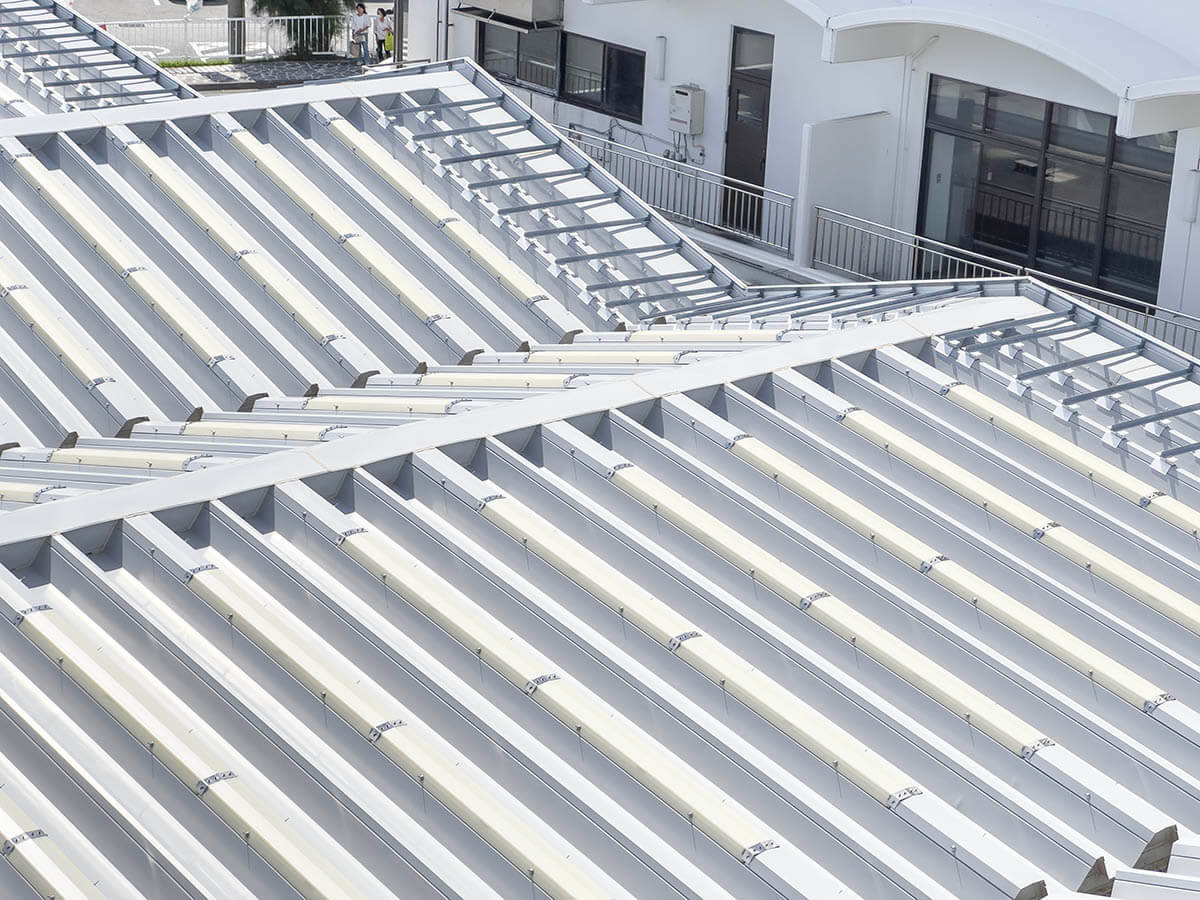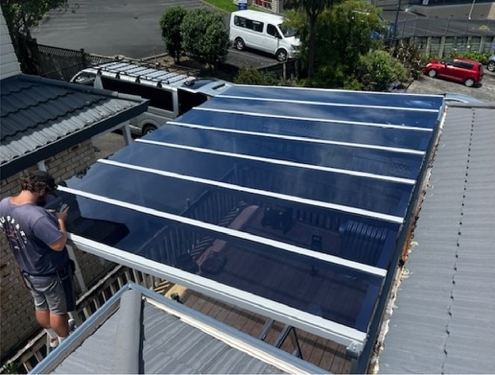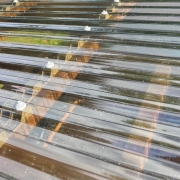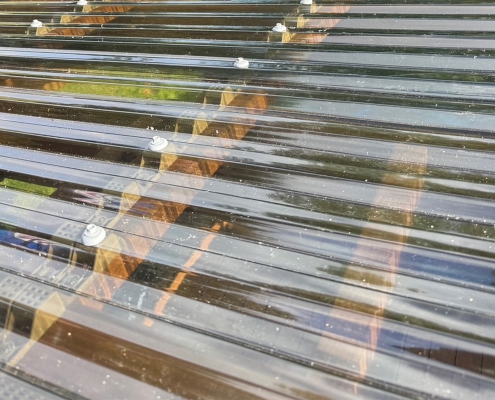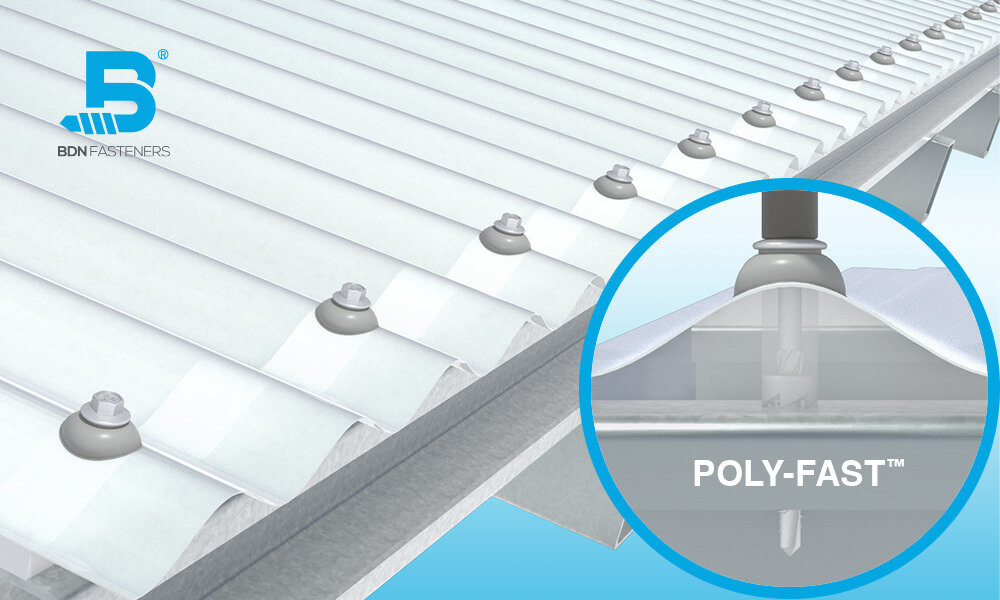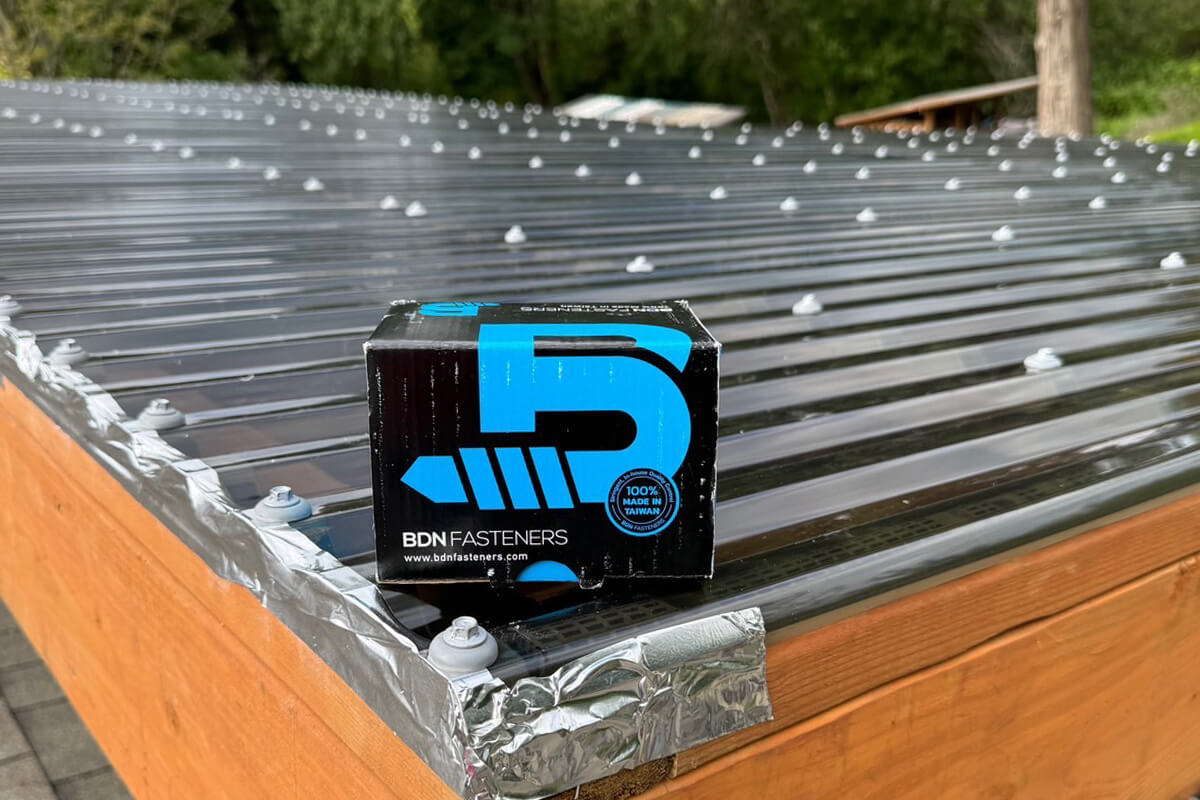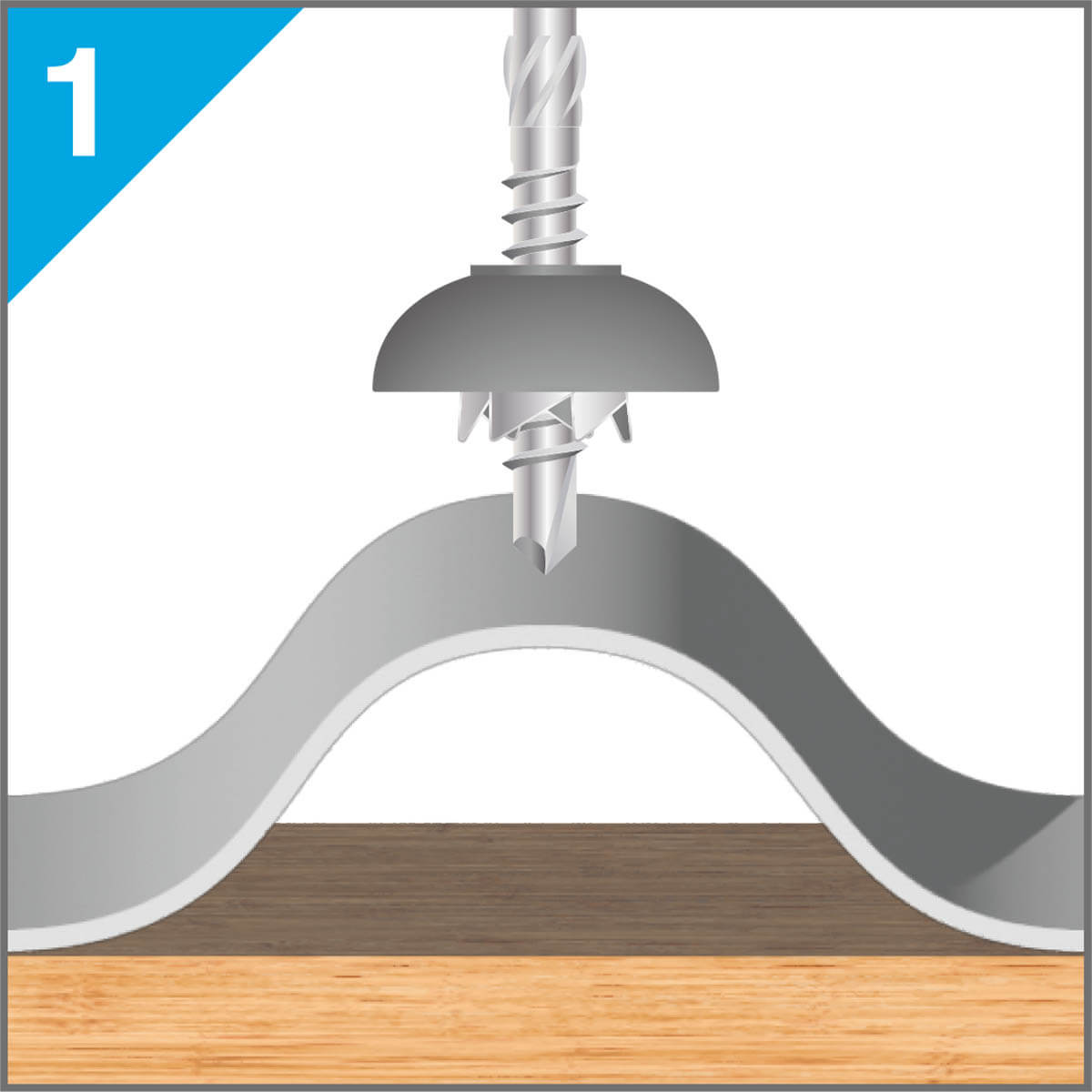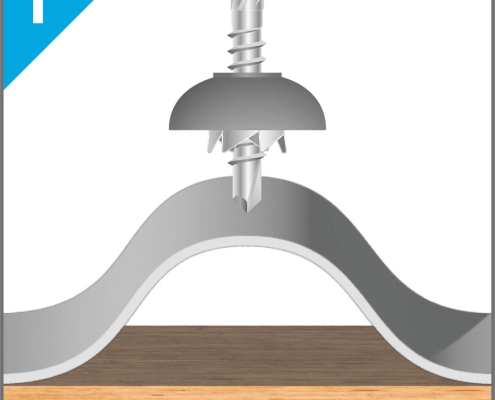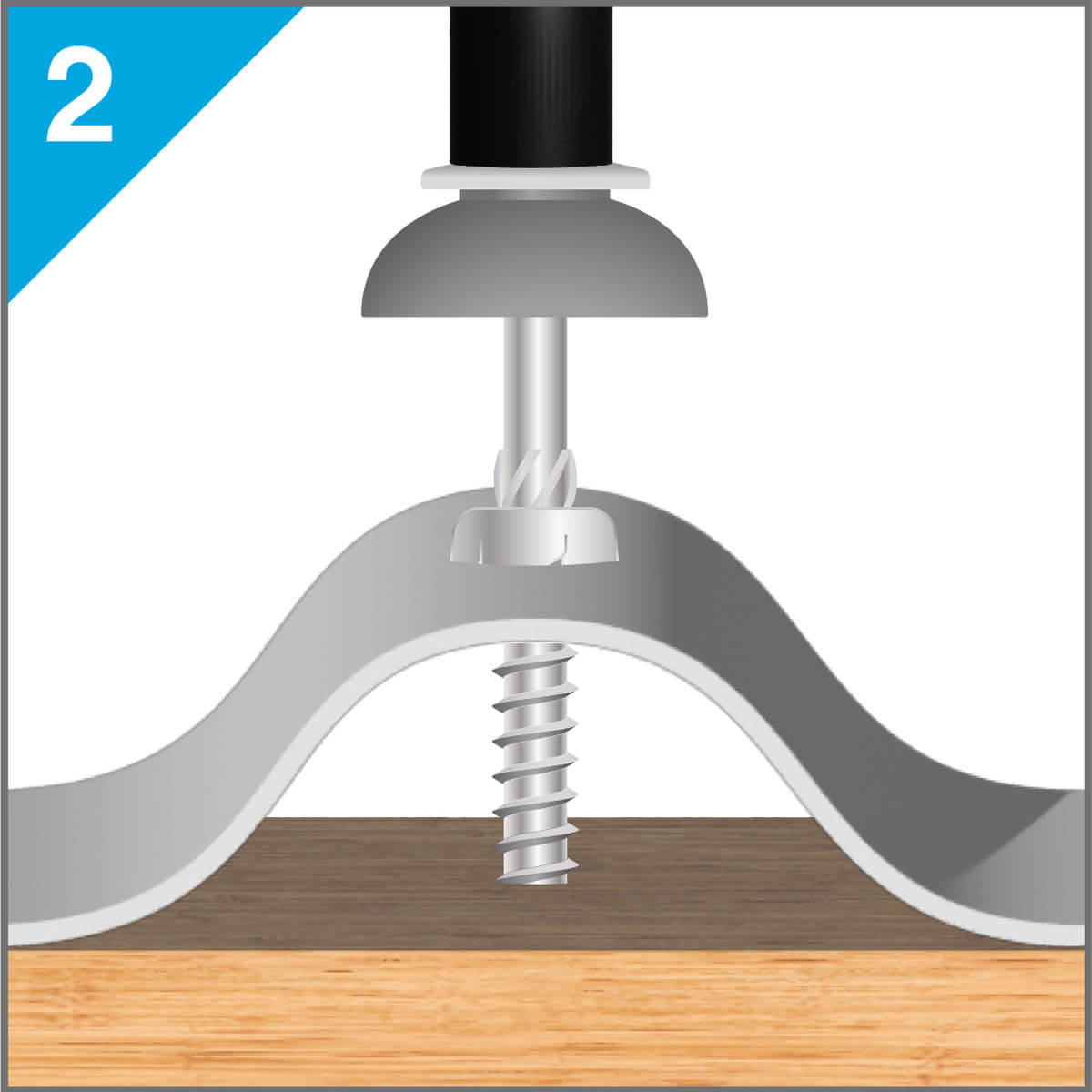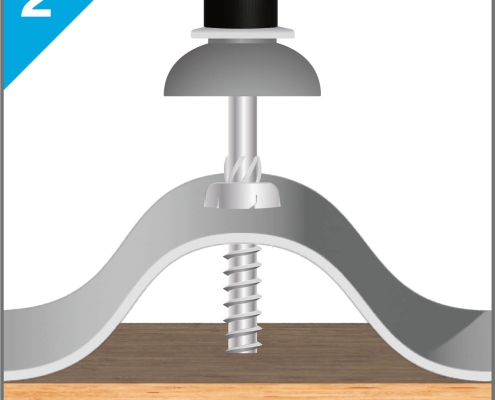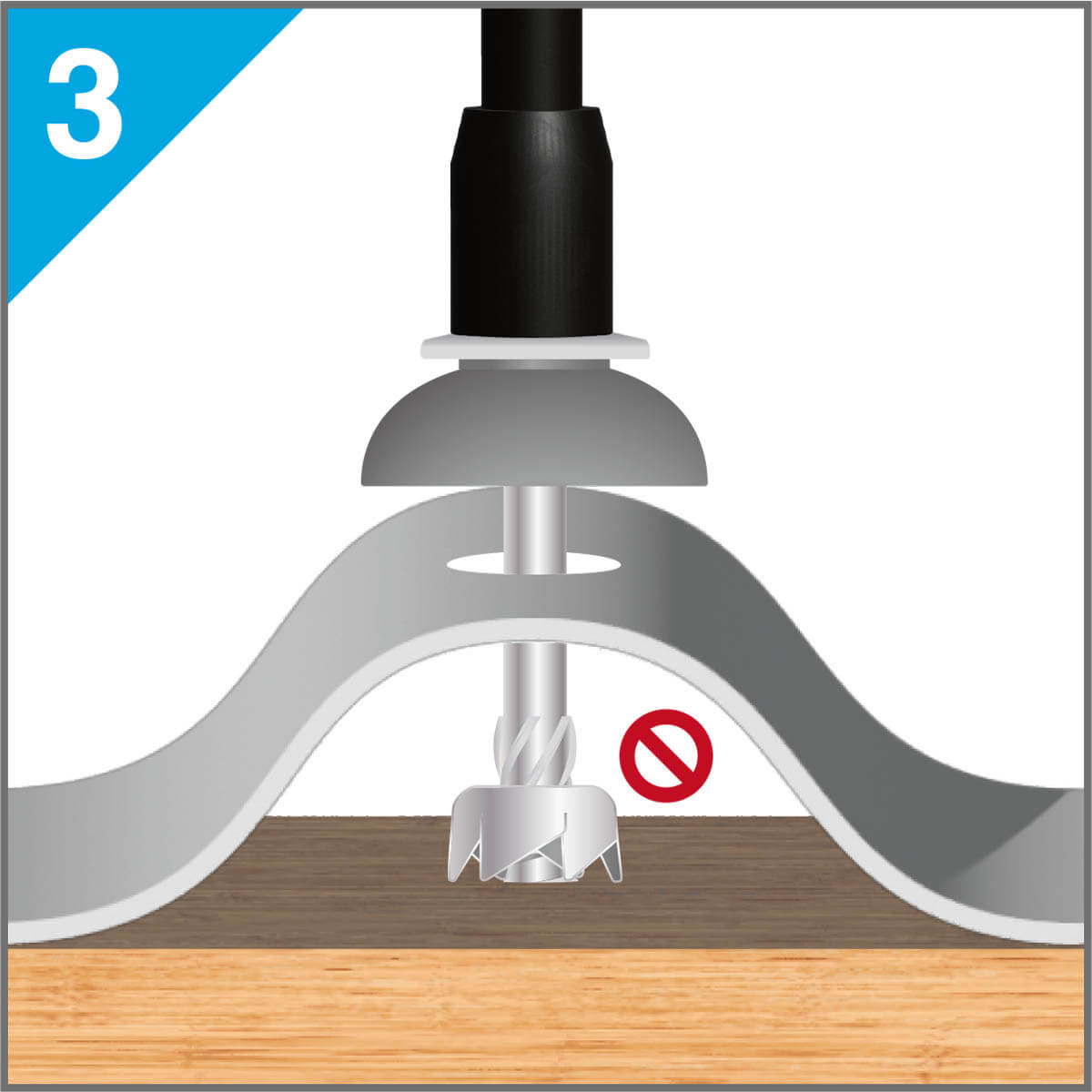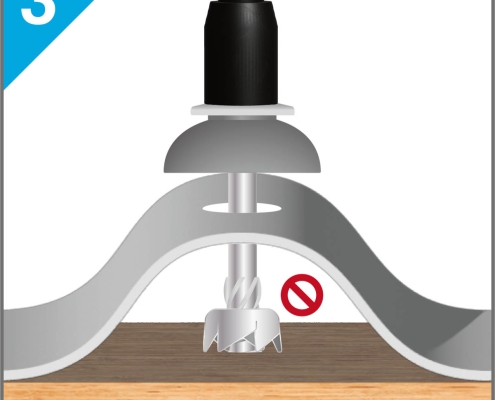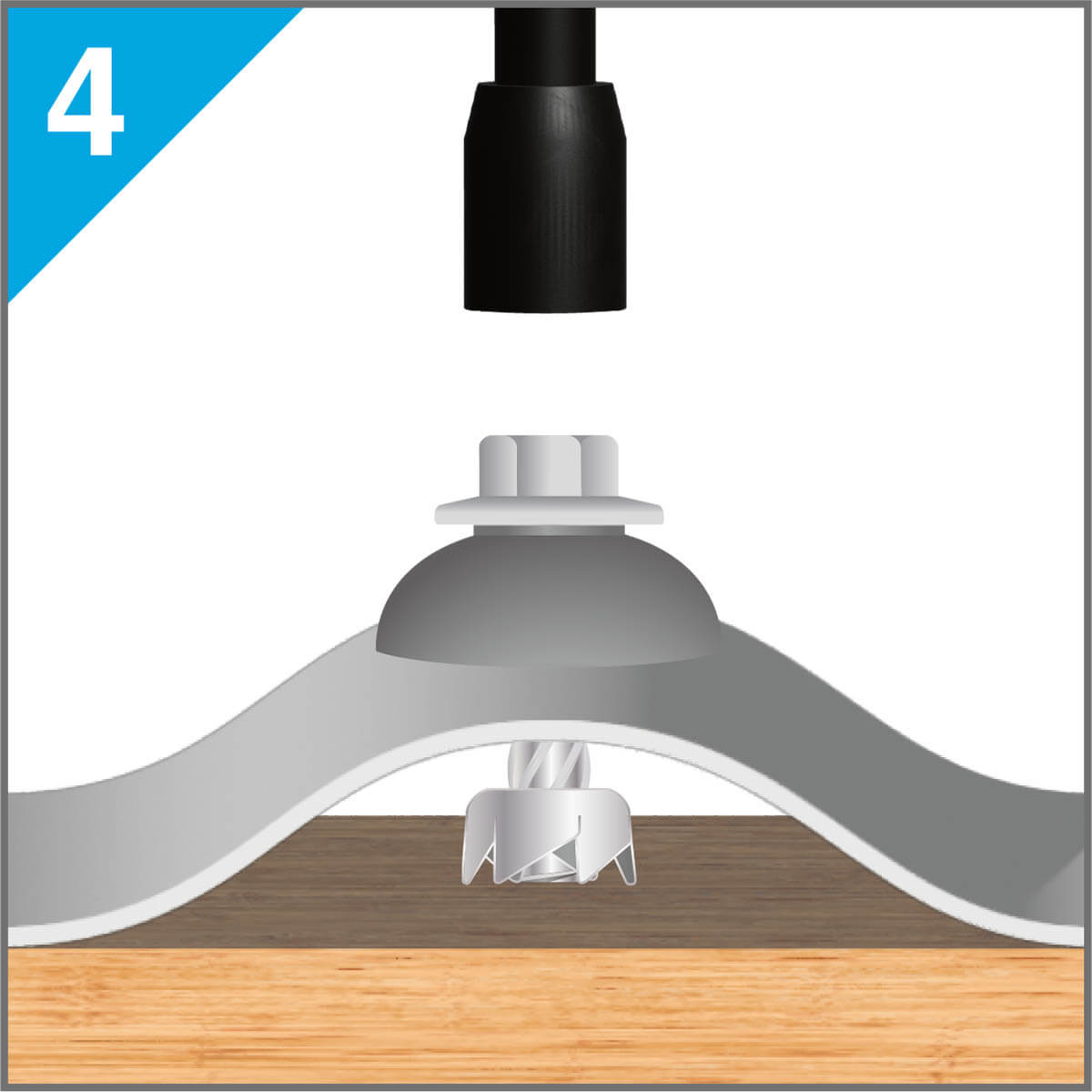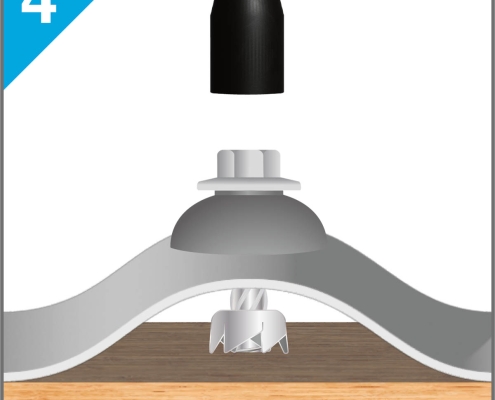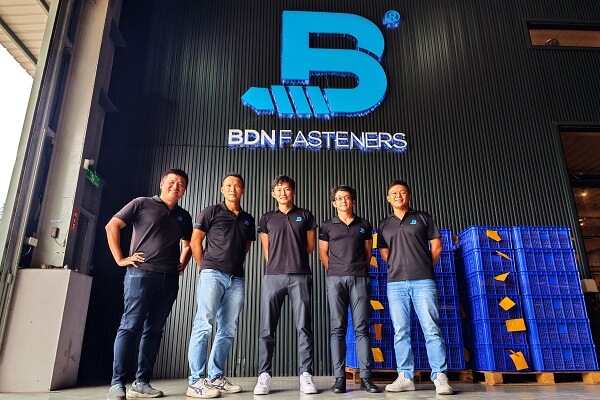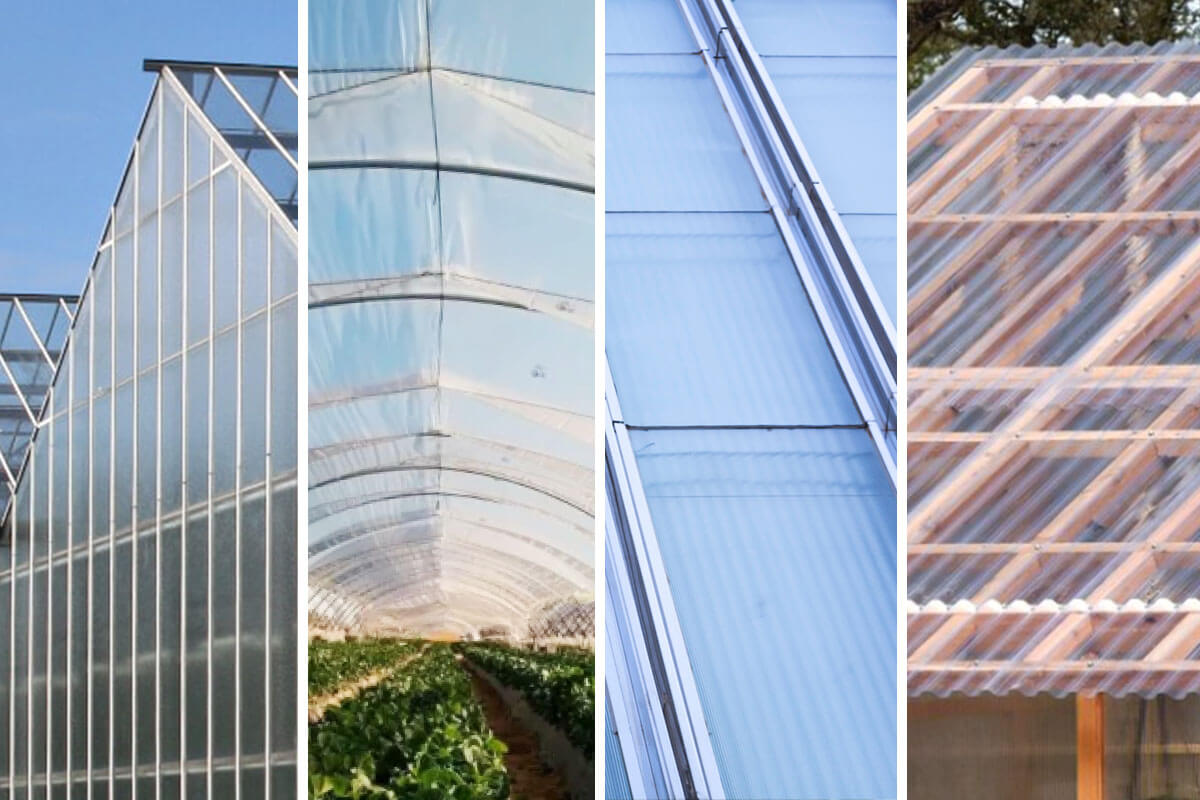How to Install Plastic Corrugated Roofing? A Step-by-Step Guide!
There are various types of plastic materials that can be made into roofing sheets, the most common of which are Polycarbonate, PVC, uPVC, and Fiberglass. These plastic roofing sheets are normally installed either standalone, or in conjunction with metal roofing sheets, and normally as skylights.
In this guide, we’ll walk through how to install plastic corrugated roofing, focusing on the essential steps, tips for proper installation, and the materials needed to ensure a durable, weather-resistant setup. Whether for skylights or full roofs, this guide covers everything you need to know.
The Unique Advantages of Corrugated Plastic Roofing
Before diving into the actual installation process, it’s essential to understand why corrugated plastic roofing is so beneficial. From the aesthetics and style, to durability and strength, the waved profile offers a number of different benefits for the roof structure.
- The larger surface area (imagine pulling the corrugated sheet straight into a flat surface) and ridged design allow better weight distribution under high winds or heavy snow loads, improving the stability and durability of the structure. Of course, this depends on how well the plastic corrugated roofing is installed, which we will discuss later.
- Having grooves and ridges mean that water or liquid, which tend to find the lowest level, will shed from the roof surface in an incredibly efficient manner, minimizing buildup.
- Corrugations offer alternative visual appeal to the roof structure and add a different flavor into the mix.
- When corrugations are applied to transparent plastics such as polycarbonate sheets, the ridges and grooves provide added reflection and refraction properties, which is an added benefit for greenhouse structures for example.
After you learn the essential concepts, how to install plastic corrugated roofing becomes a relatively easy task to accomplish. By understanding key factors such as proper alignment, securing methods, and drainage optimization, you can achieve a durable and effective installation.
Key Guidelines for Handling and Installation Preparation
Handling
- Plastic sheets should be transported and stored horizontally, on a flat, sturdy pallet whose dimensions are equal to or larger than the sheets themselves. The sheets must be secured and fastened to the pallet during transportation and handling on site.
- Avoid dragging the panel on the ground, scraping it against the structural elements, or any other sharp or rough objects, to prevent the panel from getting scratched.
Cladding Arrangements
Corrugated profiles are suitable for single or multi-panel skylights or side lights in roofs and walls of metal-clad structures. They can also be used independently as a roofing or cladding material on Shed, Gable, Hip or Dome type arrangements.
Preparations
- Profile matching – It is important to find a plastic corrugation profile that matches the metal profile. Slight detail differences in corrugation depth/height, flank, and pitch may lead to insufficient sealing and water leakage. Although most plastics are flexible and could seemingly be stretched to fit; forced installation in fact puts undue stress on the panel while trying to adapt it to an “almost similar” metal profile which may lead to premature failure.
- A careful comparison will disclose whether the plastic panel profile matches your metal profile. It is also possible to not find a matching profile. In that case, you might have to consider using a different cladding method, such as framing.
- Choose the correct thickness. Corrugated profiles thicknesses normally range from 0.6mm to 2.0mm. For the average user, the optimum corrugated plastic sheet thickness that offers the best balance between price and performance for outdoors skylights will be 1mm. Thinner sheets will be a bit flimsy, and thicker sheets will be more rigid, but less flexible. (Read more: Polycarbonate Thickness Chart: Selection and Installation Guide!)
As with any kind of roof glazing installation projects, plastic roof installation involves thorough installation guides as well as meticulous planning and preparation. Corrugated profiles are suitable for single or multi-panel skylights or side lights in roofs and walls of metal-clad structures such as warehouses. They can also be used independently as a roofing or cladding material on arrangements such as agricultural greenhouses.
How to Install Plastic Corrugated Roofing?
How to install plastic corrugated roofing? A good installation guide should consist of the following information in detail, some of which are very generic to plastic sheets in general, while others differ slightly between Flat, Hollow, and Corrugated plastic sheet profiles. Below are key points to follow when installing corrugated plastic sheets.
Installation Tips
Here are key tips on how to install plastic corrugated roofing:
- Leave margin for expansion and the depth when inserting the sheets.
- Use only neutral cure silicone or gasket material for gap-filling. Do not use any PVC materials.
- Use electric cutters (blades should be made of tungsten carbide). Sheets should be securely fixed to avoid vibration, and the protective cover should not be removed while cutting.
- A minimum slope of more than 5% is recommended, sheets should be installed at pitch rates of 10 percent (1″:10″ slope or 5.7°) or more. If installed at a lower pitch, additional sealing should be applied to insure weather resistance.
- For multi-panel runs, begin installation of sheets on the side away from wind and rain direction. (Specific to corrugated sheets).
- Corrugated panels should be installed with the corrugated channels sloping downwards, which will reduce the accumulation of dirt and moisture.
- Allow for expansion & contraction at fasteners or rabbet depth for insertion type installation.
- Always lap the top panel over the lower one.
Fastening Tips
- Follow the recommended fastening schedule for each plastic corrugated profile.
- Allow room for expansion and contraction at fasteners: For panels longer than 3.6M (12′), pre-drill panels at all fastening points with a 10mm (3/8″) hole to allow for increased expansion and contraction due to longer length. For panels 3.6M (12′) in length or less, pre-drill a hole 1.5mm (1/16″) larger than the diameter of the fastener shank.
- BDN Fasteners offer POLY-FAST™ and POLYXPAND™ both of which eliminates the need for pre-drilling, and which creates a thermal expansion hole and fix plastic sheets on substrates in one go.
- Fasteners should always be fixed on the corrugation crests on corrugated roofing sheets and can be installed on the root/valleys when used as wall cladding.
- Installation Direction: We recommend starting installation from the bottom up, on one side, and work to the left or right accordingly. Never start working from both ends to the middle.
- In multi-panel runs, the number of fasteners can be reduced at mid-purlins, unless conditions demand otherwise. The remaining fasteners should be evenly positioned adjoining the main corrugations of the specific panel.
In conclusion, mastering how to install plastic corrugated roofing is easy when you follow the right steps for handling, preparation, and installation. With the tips provided in this guide, you can ensure a sturdy, weather-resistant roof. For more detailed instructions and premium fasteners, visit BDN Fasteners to explore their wide range of products that will help make your project a success.

